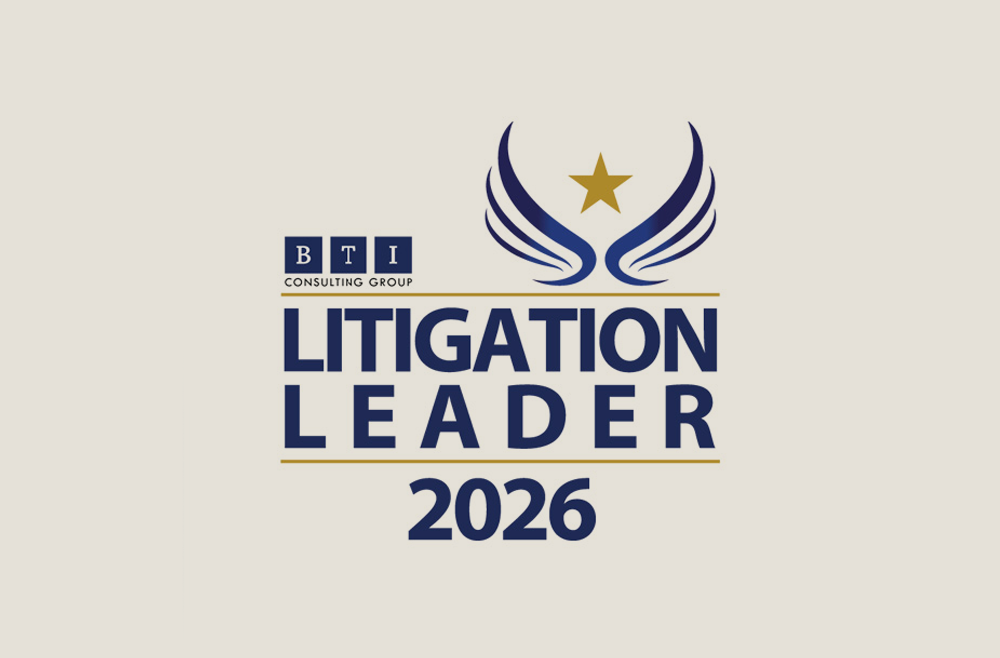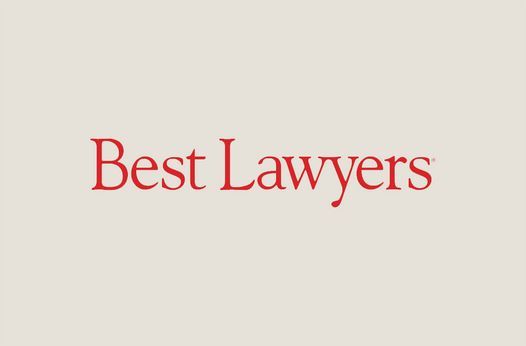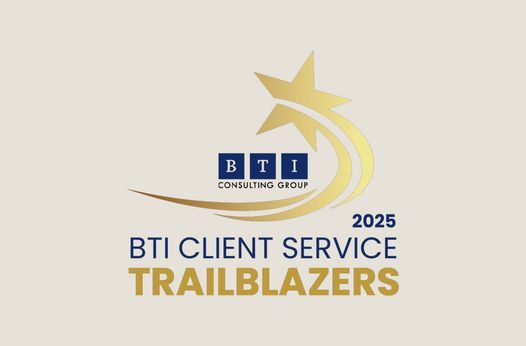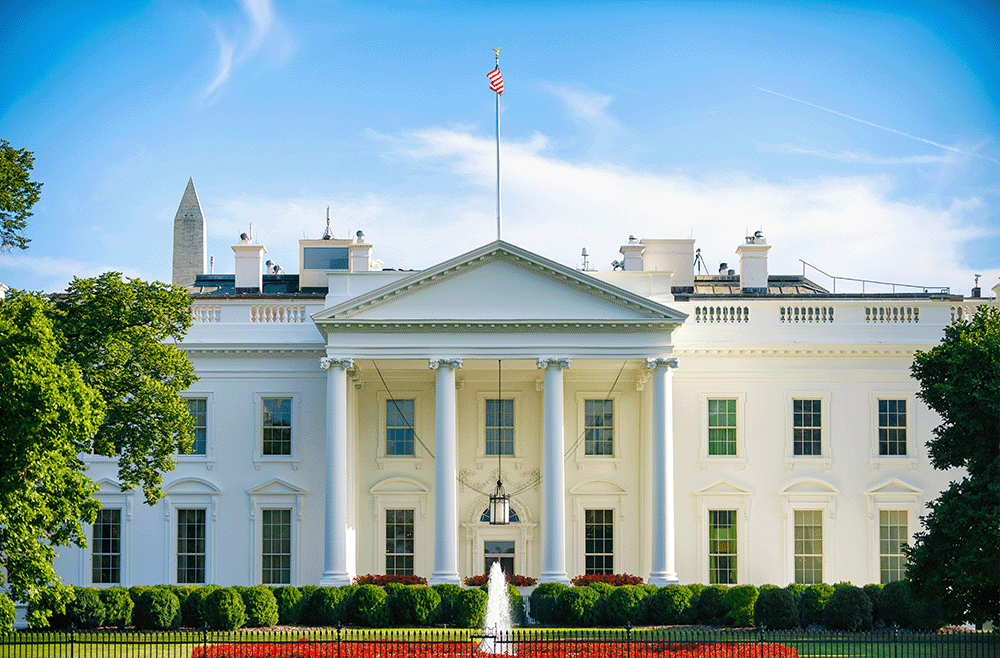SBA Releases PPP Loan Forgiveness Application
Hinshaw Alert | 5 min read
May 18, 2020
On May 15, 2020 the Small Business Administration (SBA) and the U.S. Department of the Treasury released a Paycheck Protection Program (PPP) Loan Forgiveness Application. Although the 11 page document clears up some issues, it leaves others unanswered; the SBA and Treasury have indicated that further guidance will be released.
A significant concern for a number of businesses is the fact that 75% of the loan proceeds must be used for payroll costs in order to qualify for loan forgiveness. Many of these businesses believe they will not be able to meet this standard, because in many cases their payroll costs will not equal 75% of the PPP loan amount. They were hoping this percentage would be reduced and that the list of permitted non-payroll expenses would be expanded—neither of which has happened yet.
Businesses that have had to close during the crisis or furlough a significant number of employees, are concerned about the requirement that the payroll costs have to be incurred and paid during the eight week period following the borrower's receipt of the loan proceeds (the "Covered Period"). Many of these businesses do not feel they can restart or ramp up operations in such a short period of time, making it difficult—if not impossible—for them to maximize their ability to have some or all of the loan forgiven.
Legislation has been introduced in the U.S. Senate which would extend the eight week period to 16 weeks. In the meantime, borrowers will have to comply with the Covered Period rule, with one modification, which we discuss below.
Alternative Payroll Covered Period
The agencies have allowed one minor change to the Covered Period rule. Under this change, borrowers with a biweekly or more frequent payroll schedule may calculate payroll costs with the eight week period beginning on the first day of the first payroll period following the date they received the PPP loan proceeds.
For example, if the loan proceeds were received on April 20 and the first day of a borrower's next payroll period is April 24, the first day of the Alternative Payroll Covered Period would be April 24 and the last day of the period would be June 19. This only applies to payroll costs; it does not apply to tracking the non-payroll costs.
Payroll Costs
Payroll costs incurred but not paid during the borrower's last pay period are eligible for forgiveness if paid on or before the next regular payment date.
Non-Payroll Costs
Mortgage interest on a business mortgage obligation on real or personal property which was incurred before February 15, 2020 is eligible for forgiveness. However, a borrower may not prepay interest and also may not use loan proceeds to pay principal.
Business rent or lease payments, for real or personal property, for leases in force before February 15, 2020 are eligible for forgiveness. In addition, borrower expenses for electricity, gas, water, transportation, telephone, or internet access for services that began before February 15, 2020 are eligible for forgiveness.
Eligible non-payroll costs must be paid during the Covered Period or incurred during the Covered Period but paid before the next regular billing date even if after the end of the Covered Period. These costs may not exceed 25% of the total forgiveness amount.
Employee Headcount
According to the application, when determining the number of full time equivalent employees (FTE), a borrower would base it on a 40-hour work week. A borrower may treat all employees who work less than 40 hours in a week as one-half of an FTE.
Reduction in PPP Loan Forgiveness
There are two tests that can be used to reduce the amount to be forgiven; the employee test and the wages test. Below are the tests as described in Section 1106 of the CARES Act.
Employee Test
The amount to be forgiven can be reduced by multiplying the amount sought to be forgiven by a fraction.
The numerator of the fraction is the average number of FTE employees during the Covered Period or the Alternative Payroll Covered Period.
The denominator of the fraction is the number of FTEs during either two reference periods: (1) February 15 to June 30, 2019; or (2) January 1, to February 29, 2020 (each a Reference Period).
The borrower gets to choose what period it desires to use for the denominator. For example, if a borrower has 100 FTEs during the Covered Period or the Alternative Payroll Covered Period, and the same number during one of the two Referenced Periods, there is no reduction based on employee headcount.
Wages Test
The amount to be forgiven will be equal to the reduction in total salary or wages of any employee during the Covered Period or the Alternative Payroll Covered Period in excess of 25% of the total wages or salary of the employee during the most recent full quarter during which the employee was employed, taking into account only those employees whose annual salary or wages are less than $100,000.
Elimination of the Employee and Wages Tests
An employer can eliminate the application of these two tests by (1) rehiring those workers laid off between February 15, 2020 and 30 days after the enactment of the CARES Act (April 26, 2020), provided such employees are rehired by June 30, 2020 and (2) eliminating any salary or wage reductions made between February 15, 2020 and April 26, 2020 by June 30, 2020.
With respect to rehiring laid off workers, if the borrower made a good faith, written offer to rehire an employee during the Covered Period or the Alternative Payroll Covered Period which was rejected by the employee, the employee does not have to be included in the FTE calculation. Further, if an employee was fired for cause, voluntarily resigned, or voluntarily requested and received a reduction in hours, that employee does not have to be included in the FTE calculation.
Forgiveness Amount
The application provides that a borrower may receive forgiveness for the lesser of the following:
- The PPP loan amount;
- The Modified Total as calculated below; or
- The total payroll costs incurred or paid during the Applicable Covered Period divided by 0.75.
The Modified Total is calculated by (a) adding the sum of the permitted payroll and non-payroll costs; (b) subtracting the amount of the reduction required by the wages test (discussed above); (c) multiplying the difference by the average number of FTEs during the Alternative Payroll Covered Period as determined in the employee test (as discussed above); and (d) dividing the product by average number of FTEs during the chosen Reference Period.
Certifications
The application contains seven certifications the borrower must make. These should be reviewed carefully.
One of the certifications requires the borrower to acknowledge that if the PPP proceeds were used for unauthorized purposes, the federal government may pursue recovery of the amounts and/or civil or criminal fraud charges. Another states that "knowingly making a false statement to obtain forgiveness" is punishable various criminal statutes.
Documentation
The application lists the documents that must be submitted by the borrower along with the application. The documentation includes the PPP Schedule A Worksheet, or its equivalent.
It also provides a list of records that need to be maintained by the borrower. All such records must be maintained for at least six years from the date the loan is forgiven or repaid; the borrower must also allow representatives of the SBA access to those files upon request.
Related People
Related Capabilities
Featured Insights

Press Release
Oct 22, 2025
Hinshaw & Culbertson LLP Launches New Website and Refreshed Brand

Press Release
Sep 26, 2025
Hinshaw Recognized as a “Leader in Litigation” in the BTI Consulting Litigation Outlook 2026 Survey

Privacy, Cyber & AI Decoded Alert
Sep 23, 2025
Fall 2025 Regulatory Roundup: Top U.S. Privacy and AI Developments for Businesses to Track

Press Release
Sep 15, 2025
Hinshaw Achieves 2024–2025 Mansfield Rule Certification Plus Status

In The News
Sep 5, 2025
Jessica Riley Reflects in a Law360 Story on Lessons She Learned as a Junior Lawyer

Press Release
Aug 25, 2025
Trial Spotlight: Hinshaw Prevails in ERISA Fiduciary Fraud Case

Press Release
Aug 21, 2025
102 Hinshaw Lawyers Recognized in 2026 Editions of The Best Lawyers in America® and Ones to Watch™

Press Release
Jul 28, 2025
Hinshaw Recognized as a Client Service Trailblazer in the BTI Consulting Client Service A-Team 2025





